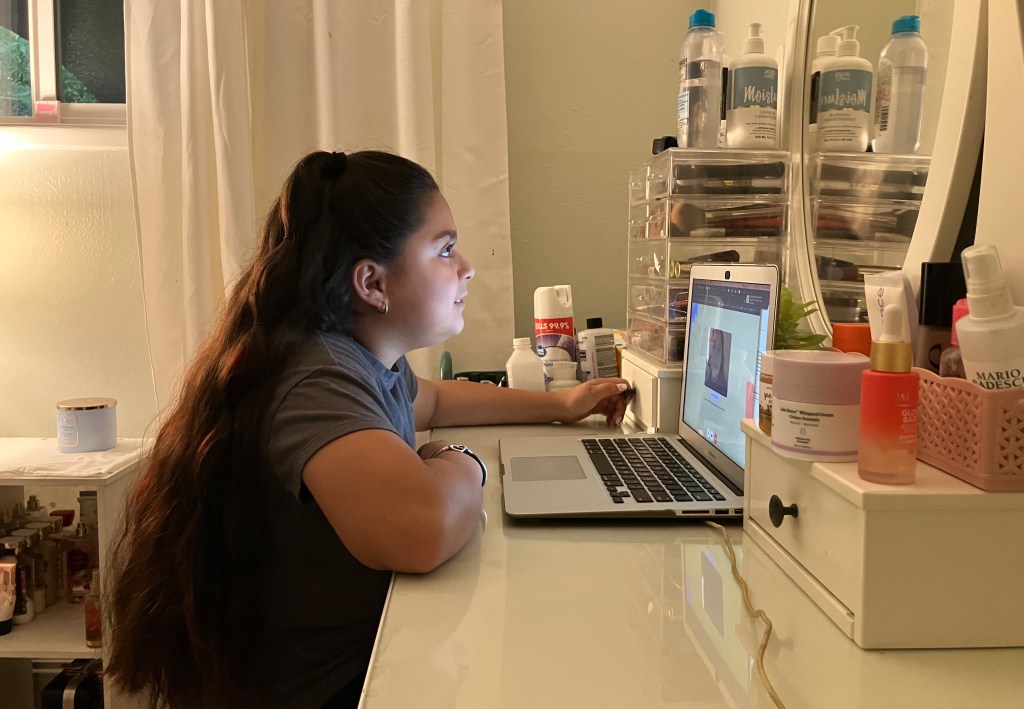New funding from Congress’s Accelerate the Procurement and Fielding of Innovative Technologies initiative will enable the Department of Defense Rapid Assessment of Threat Exposure project with additional investment, based on its success in demonstrating that the use of artificial intelligence to leverage data from wearables could predict COVID-19 and other infections 2.3 days prior to diagnostic testing.
WHY IT MATTERS
Developed in partnership with the Defense Threat Reduction Agency, the DoD has trained, tested and validated a predictive algorithm, according to a Defense Innovation Unit announcement.
With data from more 11,000 individuals monitored during the COVID pandemic DoD can issue commercial wearables “to noninvasively monitor a service member’s health and provide early alerts to potential infection before it spreads,” said Jeff Schneider, program manager for the RATE, in a statement.
The Defense Innovation Unit will add 4,500 devices to its current study and will distribute them to new cohorts, including the Air Combat Command’s First Sergeants as part of the ACC’s new Diamond Care Initiative Plan to provide them better health and wellness.
“In recent years, many Air Force Specialty Codes have benefited from technology to enhance mission and improve capabilities,” said Chief Master Sgt. Christopher Gradel, Air Combat Command.
“Technology has finally produced a product that will increase overall health and wellness to a community of first sergeants who many times prioritize their people ahead of their own health.”
According to an email from a Philips representative, the announcement marks the first commercialized use of the technology following two years of field testing, publication of a peer-reviewed clinical study and the FDA’s classification of RATE as a wellness device.
Philips is focused on algorithm development and will accelerate commercialization and scaling.
While the intention is for the technology to be device agnostic, DIU says, RATE has issued Garmin watches and Oura rings. The Philips-DIU team aims to add three additional wearables in the next phase of development.
“Because our algorithm is device agnostic, we can use biomarker data from any commercial grade, off-the-shelf wearable,” Navin Natoewal, head of integrated technology solutions at Philips, explained.
“We then run those markers against our clinical data sets in the cloud to create a RATE Wellness score. The score has proven to be indicative of onset of infections. We can offer it through a licensing model to anyone who wants to add this capability to their device or as a stand-alone service.”
Additional APFIT funding provides a bridge to allow DoD to leverage this emerging technology toward a program of record, according to the DIU.
THE LARGER TREND
The Philips-DIU team began using biometric data from wearable devices in June 2020 to monitor for COVID infections and suppress the spread across military personnel. Initially,machine learning on 165 biomarkers provided early coronavirus detection.
“This is an extremely useful tool for commanders to quickly isolate a COVID outbreak from rapidly spreading throughout their unit,” Lt. Col. Jeffrey “Mach” Schneider, a DIU program manager, said then.
The team envisioned the technology could someday monitor hospital patients for infection prior to clinical symptoms and be retrained to provide early detection of other diseases.
Others are also working with AI toassess health, improve outcomes and reduce costs.
Last month, the FDA cleared TytoCare’s Tyto Insights for Wheeze Detection, which uses lung-sound analysis algorithms to help clinicians diagnose respiratory conditions remotely, and the Bill & Melinda Gates Foundation gave a $1 million grant to Noze. The Canadian startup is working to further breathalyzer technology that detects breath biomarkers for rapid screening and diagnosis of infectious diseases like malaria and tuberculosis.
“Breath-based diagnostics will be a game-changer for healthcare accessibility, and our ability to launch a portable device and deliver it on a massive, worldwide scale can be a powerful new tool to fight the spread of malaria and tuberculosis, in addition to many other diseases,” said Karim Aly, CEO at Noze, in a statement.
ON THE RECORD
“First sergeants serve as the belly button to all the organizations in the U.S. Air Force, and this technology can improve their lives and the lives of the Airmen they serve,” said U.S. Air Force Maj. Michael Vernale, wing director of talent management and assessments at Fort Meade, Maryland, in the funding announcement.
“Not only do they get AI that has gone through several years of field testing and a peer-reviewed study, it is a cost-effective way to add the technology, while we continue to expand the data sets and the research working with leading academic institutions,” added Natoewal.
Andrea Fox is senior editor of Healthcare IT News.
Email:afox@himss.org
Healthcare IT News is a HIMSS Media publication.
Note: This article have been indexed to our site. We do not claim legitimacy, ownership or copyright of any of the content above. To see the article at original source Click Here








